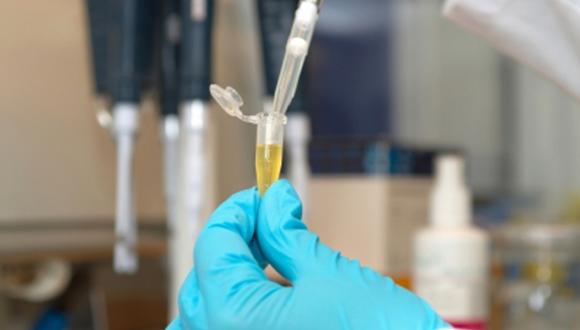A highly efficient bismuth-based photocatalyst for the degradation of pharmaceuticals under solar light irradiation
Student: Michal Shavit
Advisors: Dr. Hadas Mamane, Dr. Dror Avisar
Student: Michal Shavit
Advisors: Dr. Hadas Mamane, Dr. Dror Avisar
The use of semiconductors in combination with sunlight irradiation (i.e. photocatalysis) for the treatment of water and wastewater has attracted growing attention and immense research interest over the last decades. Bismuth based photocatalysts are known for their visible light absorbance and their non-toxic nature, which make them excellent candidates for solar-light driven processes. Pharmaceutical residues are of particular interest among micro-contaminants given their widespread use and presence in different water sources.
The present study investigates the photocatalytic potential of the bismuth-based photocatalyst, BiOClxBr1-x - specifically, the ability of the HG107 catalyst (BiOCl0.875Br0.125) to degrade drug residues in water by irradiation with artificial solar light (laboratory simulated solar irradiation). The study evaluated the efficiency of HG107 to photodegrade carbamazepine (CBZ) bezafibrate (BZF), ibuprofen (IBF), and propranolol (PPL) in the presence of a) synthetic water spiked with natural constituents such as acidity, alkalinity, organic substances and ions, b) groundwater (Mei Eden), c) surface water (Lake Kinnert, Kibbutz Ginosar) and d) wastewater (secondary effluents from the Shafdan wastewater treatment plant). During irradiation, water samples were obtained at regular intervals. The catalyst suspension was separated from the aqueous phase by centrifugation. The supernatant was then analyzed using HPLC to quantify the tested pharmaceutical concentration and determine removal rate. All experiments were performed in triplicate and relative standard deviations were less than 10%.
The removal rate of all pharmaceuticals decreased under increasing pH conditions. Increased fulvic acid, and phosphate conditions hindered degradation, while other ions showed no affect. Alkalinity appeared to impede on CBZ degradation, though results were inconclusive due to pH variations. The importance of pharmaceutical adsorption to the catalyst on the photocatalytic degradation process was found to be compound-dependent. For example, at pH 7-9, PPL presented the highest removal rate despite the lowest degree of adsorption. Different adsorption mechanisms are hypothesized for the different pharmaceuticals, including hydrophobic attraction for the neutrally charged CBZ and ion exchange for the negatively charged IBF and BZF. Finally, insignificant changes in photocatalytic degradation were observed in ground water and surface water, while wastewater effluents significantly inhibited the photocatalytic process likely due to the presence of organic compounds and scavengers.




